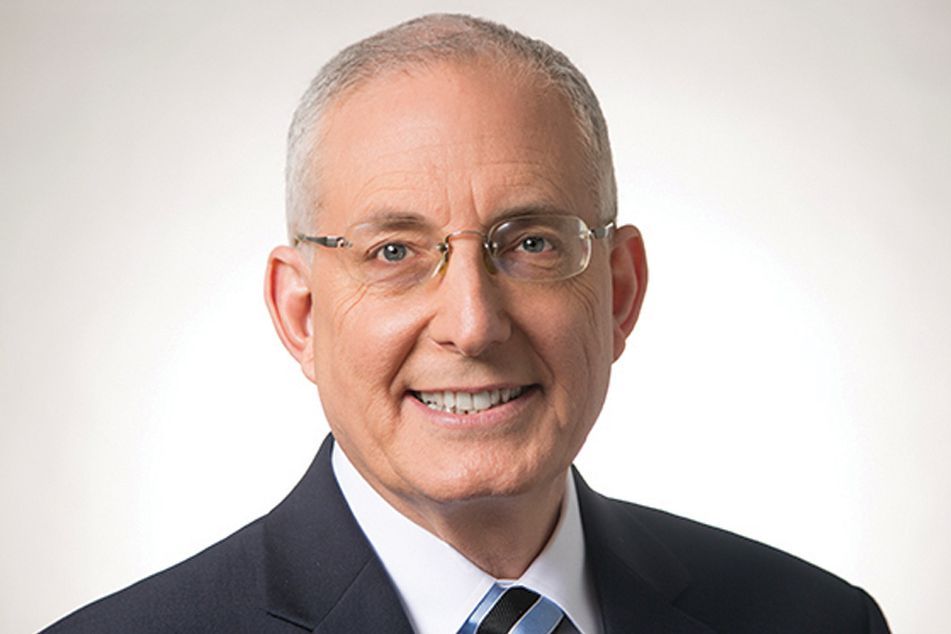Ed Slott: How tax reform impacted popular IRA strategies

Advisers need to pay particular attention to Roth conversions and qualified charitable distributions
A month out from the end of tax season, and the effects of tax reform on financial advisers and their clients are increasingly coming into focus. InvestmentNews sat down with Ed Slott, a tax expert and founder of Ed Slott and Co., to discuss the overhaul of the U.S. tax code and how it affected popular retirement planning strategies.
Greg Iacurci: How has the strategy around Roth conversions changed in the wake of the tax law?
Ed Slott: Your projections have to be almost spot-on because there’s no going back. You really have to know what the tax cost is. That may involve interaction with the client’s accountant. Many times the accountant will know things outside of the investment world that you don’t know as an adviser — that the client is getting a big payout from a business, or something that you didn’t count on, or other sources of income you don’t have knowledge of because you’re only managing their cash accounts; or they may have big deductions you didn’t know about. If you’re going to do a Roth conversion, you’re going to have to have a very accurate idea, so that when you convert $100,000, you can let the client know it will cost $30,000 in tax, or whatever the number is, as a ballpark amount.
Do the projection now, but don’t do the conversion until later in the year — say, after Thanksgiving — when the fund companies put out all their gain distributions, so you have a better idea.
GI: Do Roth conversions make sense now more than before?
ES: Yes. It’s an optimal time to do Roth conversions because tax rates are low and tax brackets are wide. You can go up to over $300,000 as a married-joint filer and still stay in the 24% bracket.
But you have to be careful. You should identify clients with pass-through businesses — the 20% [pass-through] deduction and Roth conversions have to be worked together. A Roth conversion might make sense tax-wise, but then all of a sudden it increases the income — because that’s what Roth conversions do, they increase income — to a point that it knocks out the 20% deduction. There’s a lot of pure planning that goes into a Roth conversion for certain clients now.
GI: Has tax reform caused qualified charitable distributions to be used more?
ES: Yes, definitely. There was no provision for QCDs [in tax reform], but it made them hugely more popular tax-wise. Clients who were usually writing checks and taking itemized deductions for [charitable] contributions found they weren’t getting to deduct those contributions because they were taking the larger standard deduction. By using the QCD, you get the larger standard deduction and effectively the charitable deduction. (You don’t really get a deduction, you get something much better — an exclusion from income, which is better than the deduction because it takes the income off the tax return and lowers adjusted gross income. If you can lower AGI, your tax on Social Security might be lower, Medicare surcharges might be lower. It’s very important to lower AGI, and QCDs do that.)
If you use the QCD, you get the larger standard deduction plus the exclusion from income, which offsets income from required minimum distributions that would otherwise have to be added to your income.
GI: How do people mess up with QCDs?
ES: If you want to get the benefit of excluding the RMD from income, the QCDs have to be the first dollars out of the IRA. They take the RMD first and then do a QCD later in the year. Once you take the RMD, you can’t offset that income — that’s taxable income. Doing a QCD a month or anytime later in the year doesn’t offset that income once you take it. But that’s the whole point [of a qualified charitable distribution] — to get the RMD off the tax return.
GI: Why are people confused about the “widow’s penalty”?
ES: The marriage penalty is mostly gone in the tax brackets, until you hit the top brackets. (It hits again at the 35% and 37% brackets.) The reason is the brackets for single filers are exactly half of the married filers [up through the 32% bracket]. So, two singles would be the same as one married.
People think there’s no marriage penalty, but they never think about what happens if the first spouse dies. When the first spouse dies, they generally leave everything to the other spouse, and now the surviving spouse pretty much has the same income as the both of them had together, except now they’re paying taxes as a single person — a much higher rate on the same exact income.
Roth IRAs can prevent that by having a spouse inherit a Roth IRA to keep income lower. In other words, if you have a Roth IRA and your spouse inherits that, there are no RMDs, and if they take money from the Roth, it’ll generally be tax-free. So a Roth is a good way to avoid the widow’s penalty. Anything tax-free you can get into the spouse’s hands will lower their taxable income and lower the impact of the widow’s penalty.
Learn more about reprints and licensing for this article.








